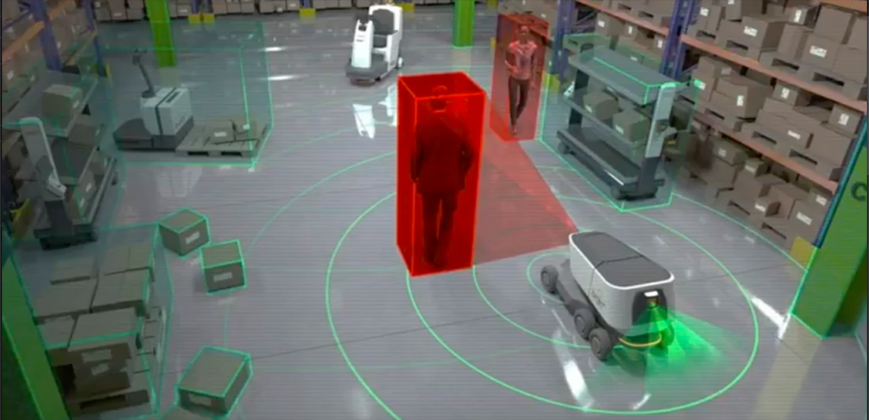Introduction:
In a remarkable development, researchers have achieved a significant breakthrough in the field of robotics by creating a “brainless” soft robot capable of navigating complex obstacles without any human or computer direction. This innovative robot utilizes physical intelligence to maneuver through intricate environments, showcasing its ability to turn independently and avoid moving obstacles. This blog explores the fascinating advancements in ‘brainless’ robot technology and the potential implications for various industries.
The Evolution of Soft Robotics:
Soft robots, constructed from flexible and deformable materials, offer unique advantages over their rigid counterparts. Inspired by the natural movements of organisms, soft robots can adapt to diverse environments and interact with objects more delicately. The creation of the “brainless” robot represents a significant milestone in the evolution of soft robotics, demonstrating the potential for intelligent navigation without explicit programming or external guidance.
Harnessing Physical Intelligence:
The ‘brainless’ robot relies on physical intelligence, which allows it to sense and respond to its surroundings using its inherent mechanical properties. By leveraging the principles of morphology and material dynamics, the robot exhibits remarkable capabilities in navigating complex obstacles. This approach enables the robot to adapt its movements and exploit the environment’s features, such as turning and maneuvering through twisty mazes.
Navigating Complex Environments:
One of the most impressive features of the ‘brainless’ robot is its ability to navigate intricate and challenging environments. Previous iterations of the robot showcased its skills in maneuvering through simple mazes, demonstrating its aptitude for basic obstacle avoidance. However, the recent advancements allow the robot to tackle more complex obstacles, making it a promising solution for various applications that require agile and adaptable robotics systems.
Potential Applications:
The development of ‘brainless’ robots holds immense potential for a wide range of industries. In the field of search and rescue, these robots can be deployed in disaster-stricken areas where human access is limited, helping locate survivors and navigate hazardous terrains. Additionally, industries such as manufacturing and logistics can benefit from the robot’s ability to autonomously navigate cluttered environments, improving efficiency and safety.
Ethical Considerations:
As with any technological advancement, the integration of ‘brainless’ robots raises important ethical considerations. While these robots offer numerous benefits, concerns surrounding privacy, security, and potential job displacement need to be addressed. Striking a balance between technological progress and ethical responsibility is crucial to ensure the responsible deployment and usage of ‘brainless’ robots in society.
Conclusion:
The development of the “brainless” soft robot marks a significant leap forward in the field of robotics. By harnessing physical intelligence, this remarkable creation demonstrates its ability to navigate complex obstacles without any external guidance. With potential applications in various industries and the need for careful ethical considerations, the future of ‘brainless’ robots holds great promise. As researchers continue to push the boundaries of robotics, we can expect even more groundbreaking innovations in the field of soft robotics and autonomous systems.
